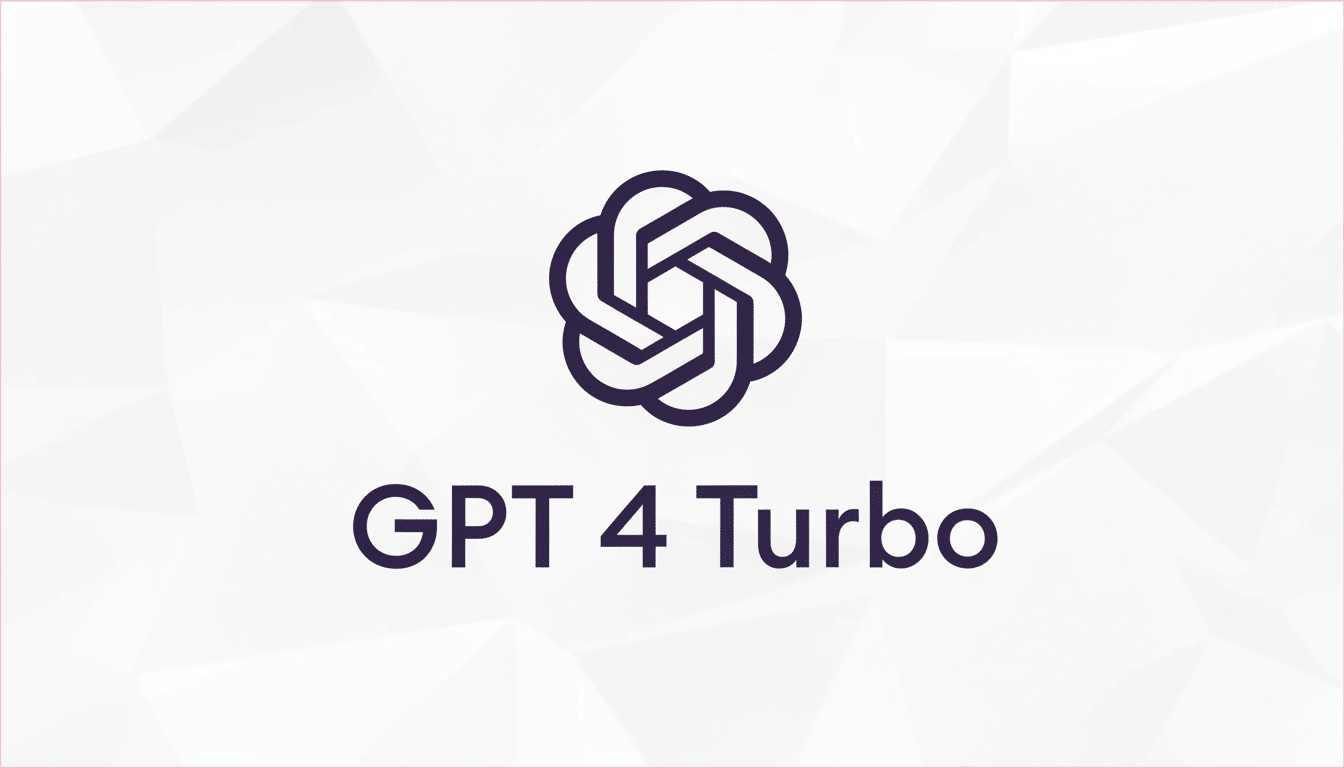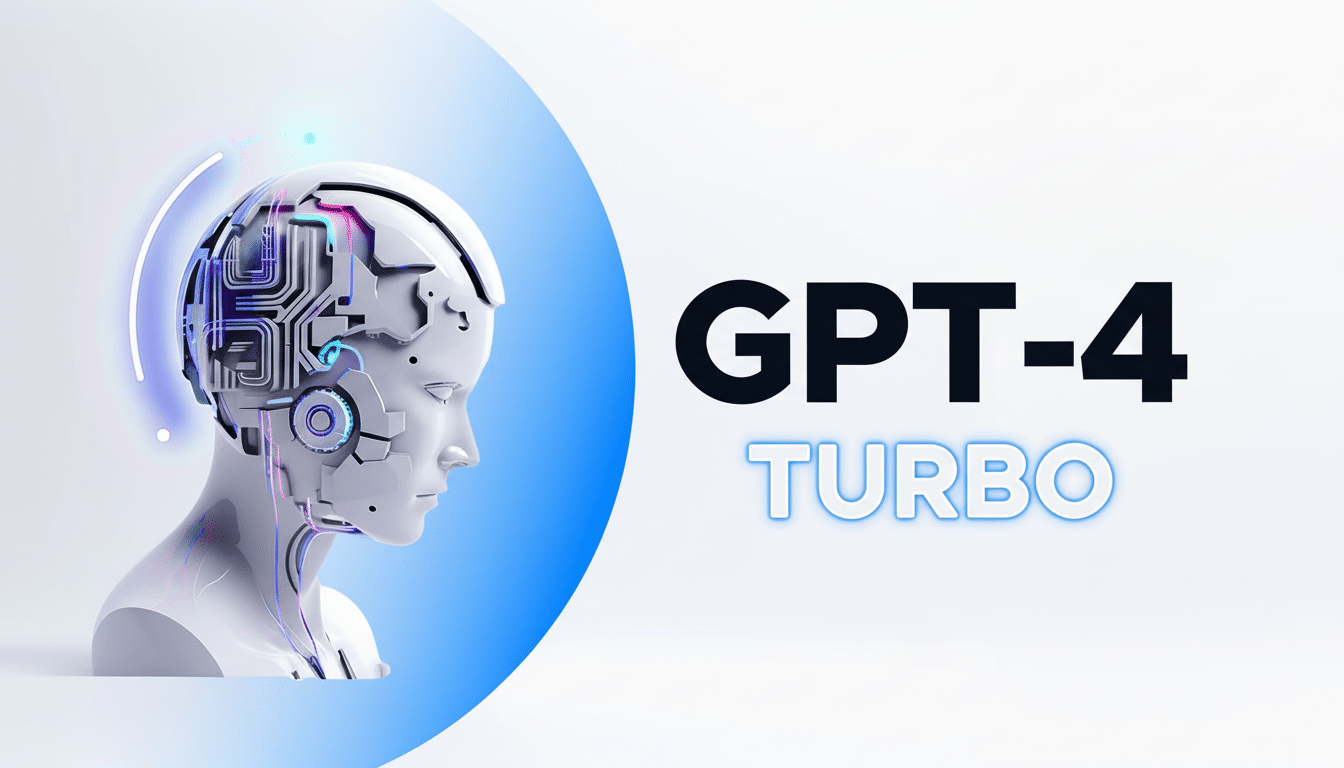A 19-year-old founder has landed heavyweight support from current and former Google leaders for a bold swing at one of AI’s most fraught problems: long-term memory. Dhravya Shah’s Supermemory startup, which uses AI and virtual reality to train people to remember complex information, has closed a $2.6 million seed round led by Susa Ventures, with participation from Browder Capital and SF1.vc (via TechCrunch), backed by personal checks from Google’s Jeff Dean, Cloudflare’s Dane Knecht, DeepMind’s Logan Kilpatrick, and executives at OpenAI, Meta, and Google, among others.
Supermemory presents itself as a universal memory API for AI applications, pulling lasting “memories” from unstructured data and serving models up with the right context at the right time. The bet: as context windows grow, developers will still need to expose a quick, personal, always-on layer that remembers between sessions, apps, and modalities.

Why AI Requires A Dedicated Memory Layer
That will require far more context than the current top models—today’s most powerful models can juggle somewhere between 4,096 and a few tens of thousands of tokens—yet we know how little we can get away with when training deep networks. Spanning up to 128,000 tokens, OpenAI’s GPT-4 Turbo is already available (Anthropic has run its Claude model with windows of 200,000 tokens, and Google’s Gemini 1.5 recently reported an increase in performance using million-token capabilities for some use cases). But researchers and practitioners alike agree that these windows are fleeting: they reset between chats, bloat inference costs, and still cannot ensure continuity over weeks or months.
Supermemory, by contrast, addresses that gap through the persistence of knowledge over time. Unlike other platforms that just throw embeddings into a vector database, it constructs a knowledge graph and sparse memory store from conversation transcripts, email histories, file data, and in-app data streams. It then serves up high-signal snippets to an agent or model with low latency, so that the system can remember a user’s preferences, project history, or past decisions without rereading entire archives.
What Supermemory Actually Does for Developers
The product takes multimodal inputs, such as text, files, PDFs, URLs, and video metadata, and then extracts entities in the documents via entity extraction, and relationships between these entities using relationship extraction, to build a contextual personalization layer. For example, a journaling app that can find a note you wrote several months ago; an email client that returns the correct thread immediately; or a video editor with the ability to pull appropriate resources on prompt rather than searching for them manually.
Developers can integrate Supermemory into Google Drive, OneDrive, and Notion if they’d like to add content by way of chatbot or notetaker, or make use of a Chrome extension that will save pages as memories. Under the hood, the company says it focuses on speed and relevance: a memory service has to give out only those few tokens that matter, fast, so agents don’t lose coherence without inflating costs.
From Side Project to Fully Funded Seed Round
Shah was raised in Mumbai and, as a teenager, built and sold a social media utility bot to Hypefury before moving to the United States for Arizona State University. He set out to ship a new project every week for 40 weeks; one of those experiments—first known as Any Context—enabled users to talk with their Twitter bookmarks, and eventually became Supermemory.
After a stint at Cloudflare in AI and infrastructure, and then developer relations, advisors, including CTO Dane Knecht, goaded him to productize the technology. He worked briefly at memory-layer startup Mem0 and then decided to go all-in on his approach.

Early Traction and Which Teams Are Using It Today
Consumer-facing tools are available on the site, but it’s really all about developers. Its first customers include a16z-backed desktop assistant Cluely, AI video tool Montra, AI search app Scira, Composio’s multi-MCP agent Rube, and real estate startup Rets. Supermemory is also working with a robotics company to preserve the visual memory from edge cameras—an additional use case, in which recall can make navigation and task execution more effective.
Investor interest has been fueled as much by pace as by product. Supporters say Shah has been unusually quick to build, from prototype to production—a characteristic that makes a difference in an industry where developer platforms can emerge as default picks in mere months. A pitch caught the eye of Y Combinator, but the startup decided to stick with its investor syndicate.
A Crowded Field, But With a Distinct Speed Play
Startups are now flocking to the memory layer. Letta and Mem0 are both building agent memory systems, and Susa Ventures is also backing Memories.ai, on video-scale insights with Samsung. Vector databases and large cloud providers are converging in adjacent spaces with retrieval-augmented generation stacks and hybrid search.
Supermemory, though, claims its advantage is not in encoding but in the act of retrieval. Latency and signal-to-noise ratio are make-or-break for agent UX; returning 400 tokens of the right stuff in milliseconds can be the difference between a snappy assistant and a confused one. The company’s approach to the knowledge graph is designed both to eliminate irrelevant passages and keep down token bloat, which it says can lower inference costs and also improve response quality.
What to Watch Next as Supermemory Scales Up
If Supermemory can show consistent low-latency recall for messy enterprise data—emails, tickets, docs, and logs—its API could be a plug-and-play add-on for agents, copilots, and productivity suites. The friction herein isn’t technical alone—permissioning, data residency, and auditability are not to be overlooked if enterprises have any hope in adopting this en masse given their need for fine-grained access control and ironclad data lineage.
The more general signal is obvious: as model context windows grow, product teams still require persistent, personalized memory across user sessions that doesn’t bloat every prompt. For a teen-turned-founder, getting backing from some of the world’s most respected names in AI is a vote that this missing layer is quickly headed for must-have infrastructure.

